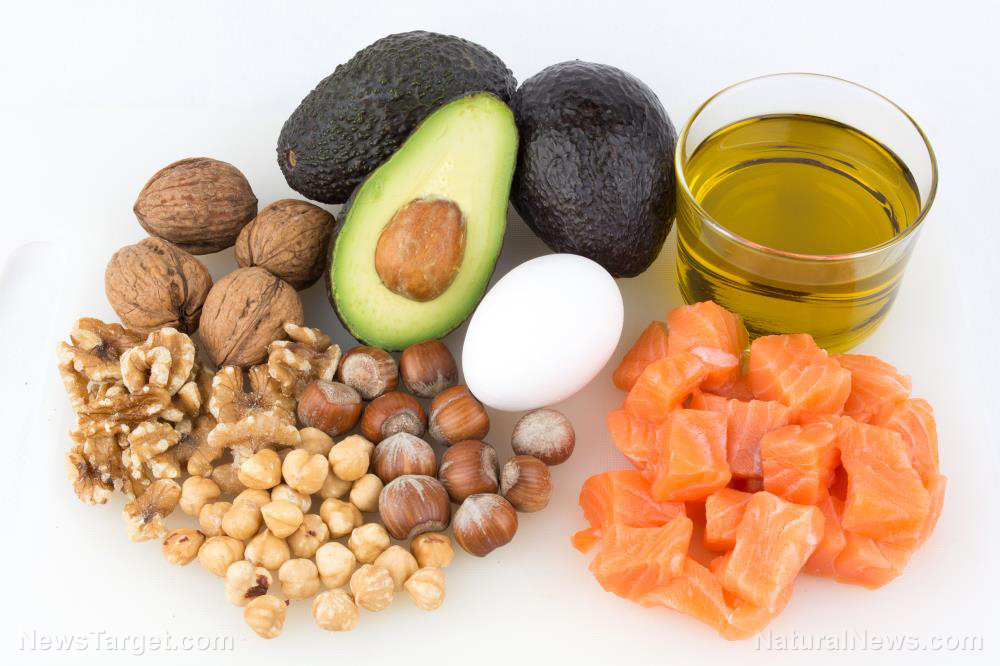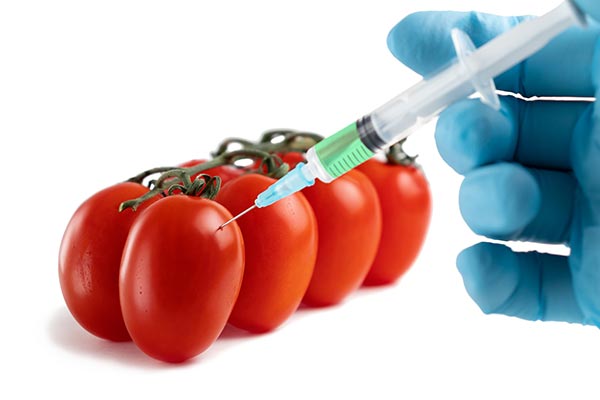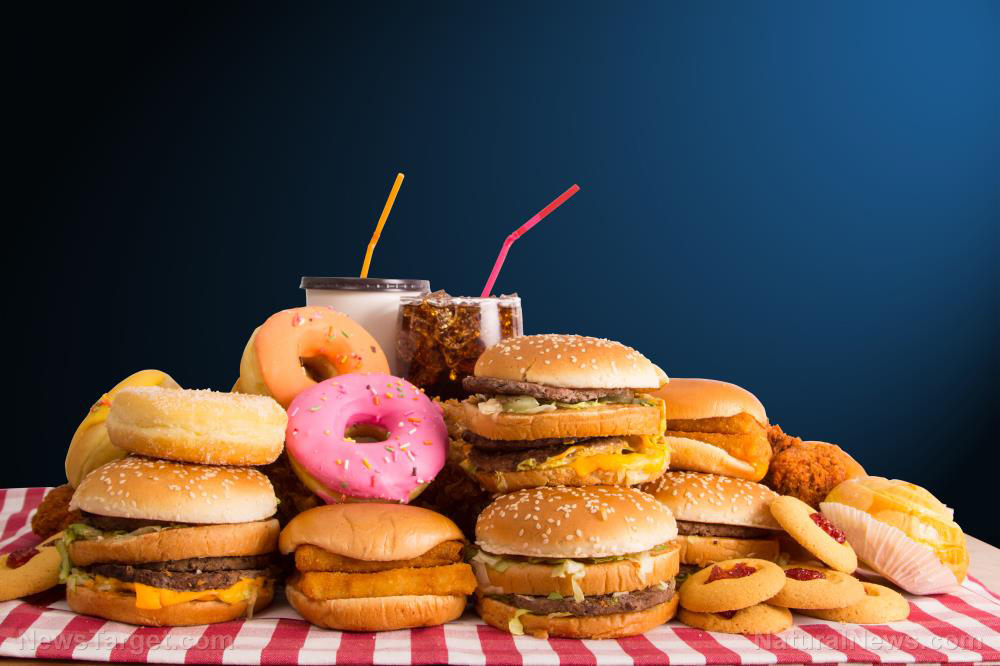Gina Marie Bakery cookies RECALLED: The hidden dangers of undeclared allergens and food dyes in everyday foods
10/01/2025 / By Olivia Cook

- Six varieties of Gina Marie Bakery cookies contained undeclared almonds and synthetic food dyes, prompting an urgent FDA recall.
- About five percent of children and up to two percent of adults have food allergies and adults can develop new allergies later in life.
- The “Big 9” allergens (eggs, fish, milk, peanuts, sesame, shellfish, soybeans, tree nuts and wheat) often appear under confusing names, through cross-contamination or in unexpected products (salad dressings, sauces and even medications).
- Blue 1, Red 3, Red 40, Yellow 5, Yellow 6 are artificial food dyes (coloring) tied to allergic reactions, cancer risks, DNA damage and hyperactivity.
- Reading labels, asking questions when dining out, choosing simpler foods, carrying epinephrine autoinjectors (EpiPen) and favoring natural colorings replace risk.
On Sept. 11, the Food and Drug Administration (FDA) issued an urgent recall of cookies from Gina Marie Bakery of Waterbury Connecticut after discovering that six of its cookie varieties contained undeclared allergens and synthetic food dyes – ingredients that can trigger life-threatening reactions or carry potential cancer risks if consumed over time.
The recall affected popular one- and two-pound cookie packages sold at Price Chopper, Stop & Shop and other stores across Connecticut, including some under the Nardelli brand. Customers were told to return the products immediately.
The bakery’s Italian Mixed Vanilla Cookies, Italian Sesame Cookies, Toasted Almond & Cherry Biscotti, Vanilla with Apricot Jam Cookies, Vanilla Chocolate Dipped Cookies and Vanilla Cookies with Raspberry Peach Jam were found to contain ingredients that were not listed on their labels: Almonds, sesame and five different artificial food dyes (Yellow 5, Yellow 6, Red 3, Red 40 and Blue 1).
No illnesses have been reported so far, but the FDA didn’t mince words: “People who have allergies to tree nuts, sesame seeds and/or synthetic food dyes run the risk of serious or life-threatening allergic reaction if they consume these products.”
It might be tempting to brush this off but allergies don’t only affect children and they don’t always start in childhood. Doctors warn that adults can develop new food allergies later in life – even to foods they have eaten safety for years.
An estimated five percent of young children and up to two percent of adults in the U.S. live with confirmed food allergies, but the number is climbing. Peanut and tree nut allergies, for example, have tripled since the 1990s and sesame allergies – once thought rare – now affect nearly half a percent of Americans or more than 1.5 million.
Even tiny amounts of allergens can trigger serious reactions. For people allergic to tree nuts, sesame or certain synthetic food coloring, one bite of the wrong cookie could lead to anaphylaxis – a rapid, severe allergic reaction that can cause difficulty breathing, a sharp drop in blood pressure and even death if not treated immediately with an epinephrine autoinjector (EpiPen).
Hidden allergens in everyday foods
Part of the challenge is that allergens don’t always announce themselves clearly. Research in the Journal of Allergy and Clinical Immunology described these as “hidden allergens” – ingredients that sneak into foods in ways most consumers wouldn’t expect. According to Brighteon.AI‘s Enoch, hidden allergens are a significant concern in the modern diet. These allergens are not always listed on food labels, making it difficult for individuals to avoid them.
The FDA officially recognizes nine “major” food allergens: Eggs, fish, milk, peanuts, sesame, shellfish, soybeans, tree nuts and wheat. The “Big Nine” account for the overwhelming majority of severe reactions in the U.S. but they don’t always appear on labels in obvious ways.
Here’s how allergens can slip into food:
- Cross contamination: The same slicer or fryer oil may be used for different foods, introducing allergens.
- Misleading labels: A “non-dairy” creamer may still contain milk proteins. Margarine sold as “100 percent corn oil” may have skim milk powder.
- Ingredient switching: Manufacturers sometimes swap ingredients without updating labels.
- Unfamiliar names: “Albumin” (an egg protein), “casein” (a milk protein) and “lecithin” (often derived from soy) may appear on labels but not everyone recognizes them as allergens.
The “rainbow of risks” behind food dyes
Originally derived from coal tar and now petroleum, artificial food dyes are chosen by manufacturers for their stability, vibrancy and cost-effectiveness compared to natural alternatives. But exports at the Center for Science in the Public Interest (CSPI) warn that their appealing hues come with a “rainbow of risks.”
- Cancer concerns: Red 3 has been linked to thyroid tumors in animal studies and Yellow 5 and Yellow 6 can contain carcinogenic contaminants like benzidine. Even Red 40, the most widely used dye in the U.S. is under scrutiny for possible long-term risks.
- DNA damage: Yellow 5 has shown genotoxic effects in multiple studies and Blue 2 was associated with brain tumors in lab animals. Even Red 3 showed specific genetic damage in several mammalian studies.
- Behavior issues: Red 40, Yellow 5 and Yellow 6 have all been tied to hyperactivity and inattention in children. A 2004 meta-analysis found synthetic food dyes can worsen symptoms of ADHD (attention deficit/hyperactivity disorder) and the U.K. government advised food companies to phase certain dyes out because of their impact on behavior.
- Hypersensitivity reactions: Yellow 5 and Yellow 6 are well-documented to cause hives and itching in sensitive individuals and in rare cases, reactions as serious as anaphylaxis.
- Neurotoxicity: Research suggests Blue 1, when combined with other additives, may interfere with nerve growth, raising questions about its impact on child development. Scientists note that infants and children are particularly vulnerable because their blood-brain barrier isn’t fully developed.
What makes this even more concerning is how common these dyes are. According to the Branded Foods Database of the U.S. Department of Agriculture, over 36,000 products in the U.S. contain Red 40, while more than 8,000 still include Red 3, despite decades of warnings.
Watch this video to understand the risks of food coloring.
This video is from the Daily Videos channel on Brighteon.com.
More related stories:
Jessie Lord Bakery’s sweet treat RECALL exposes the sour truth about artificial food dyes.
Tartrazine is not just a food colourant.
Sources include:
Submit a correction >>
Tagged Under:
allergic reactions, anaphylaxis, artificial food dyes, behavioral issues, Blue 1, Blue 2, cancer concerns, Dangerous, DNA damage, FDA recall, food collapse, food safety, food supply, hidden food allergens, ingredient swapping, Natural Alternatives, neurotoxicity, Product recall, products, rainbow risk of colors, Red 3, Red 40, Yellow 5, Yellow 6
This article may contain statements that reflect the opinion of the author
RECENT NEWS & ARTICLES
COPYRIGHT © 2017 INGREDIENTS NEWS




















